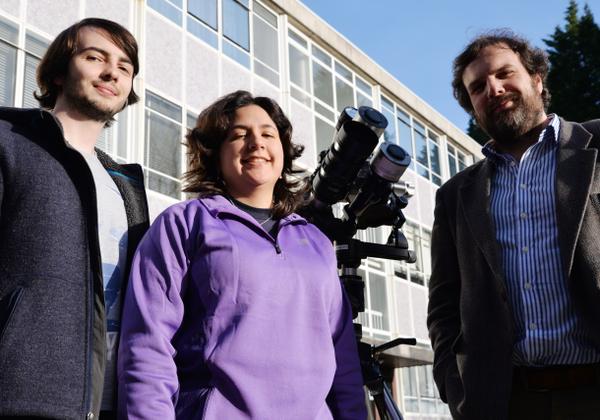
As solar scientists, we are lucky to have access to a wealth of detailed observations of the
solar atmosphere - the corona. Images can be processed to reveal more detail, or to enhance certain characteristics,
such as the signal from moving features, for example. Measurements of the light emitted by the corona can also lead
to estimates of useful physical quantities such as temperature or mass.
The research work at Aberystwyth, and the output data products
provided here, are playing an important role in understanding the connections between the Sun, the solar wind, and the effects on Earth.
Temperature maps of the lowest corona are important in the field of coronal heating, distinguishing different heating processes in different regions,
and in modeling the outflow of plasma in the corona and solar wind. It may also play a part in understanding or even predicting
eruptive events. Tomography density maps of the corona allow us to study the connection between the Sun and the corona, the rotation
and behavior of the corona over long time scales, and in extrapolating the solar wind large-scale structure outwards through the heliosphere.
High-quality processed images of the lowest and extended corona are important in revealing and interpreting events.

The Solar Data Archive is run by a team of scientists within the Solar System Physics research group of Aberystwyth University, led by Dr Huw Morgan.
If you are experiencing problems with the website, or you notice an error, please contact Richard Grimes